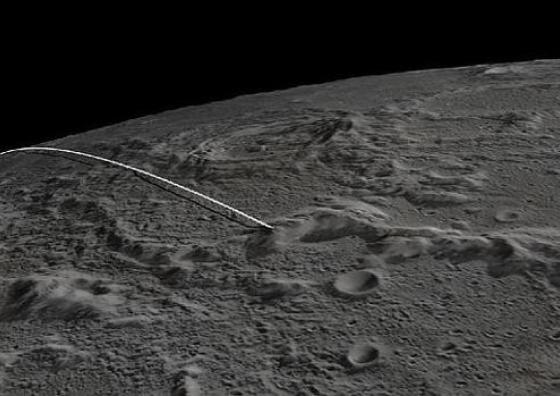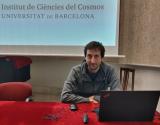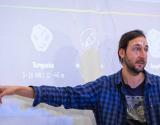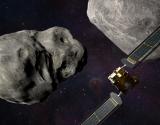Today, Friday, March 4th, the Chinese mission Chang’e 5-T1 spaceship will impact on the surface of the Moon. Specifically, the collision will take place at 1:25:58 pm on the dark side of the Moon so it will not be observable from Earth.
This is the topic of the interview given by the Institute of Cosmos Sciences researcher Toni Santana-Ros (ICCUB-IEEC) on the programme Via Lliure of Catalan radio station RAC1 on February 26.
In the interview, the researcher explains that there have been a number of missions that have been programmed to impact on the Moon, but that this is the first time that an artificial uncontrolled object has collided accidentally. The team of the astronomer was, in fact, the last to observe the spaceship before its impact, using an observation time window between the 7th and the 9th of February.
This event brings back on the table the issue of space debris, as Xavi Luri, director of the ICCUB, comments: “if people should fear something, it’s not the things that are headed to the Moon but the things staying here orbiting the Earth”.
Dr. Santana then ventures to imagine the potential consequences that would occur if the Moon suddenly ceased to exist, in his own words, “it would mean bad news. The tides would decrease, it would have an impact on climate and on biological systems” so we hope to never have to find out.
Listen to the whole programme here.




